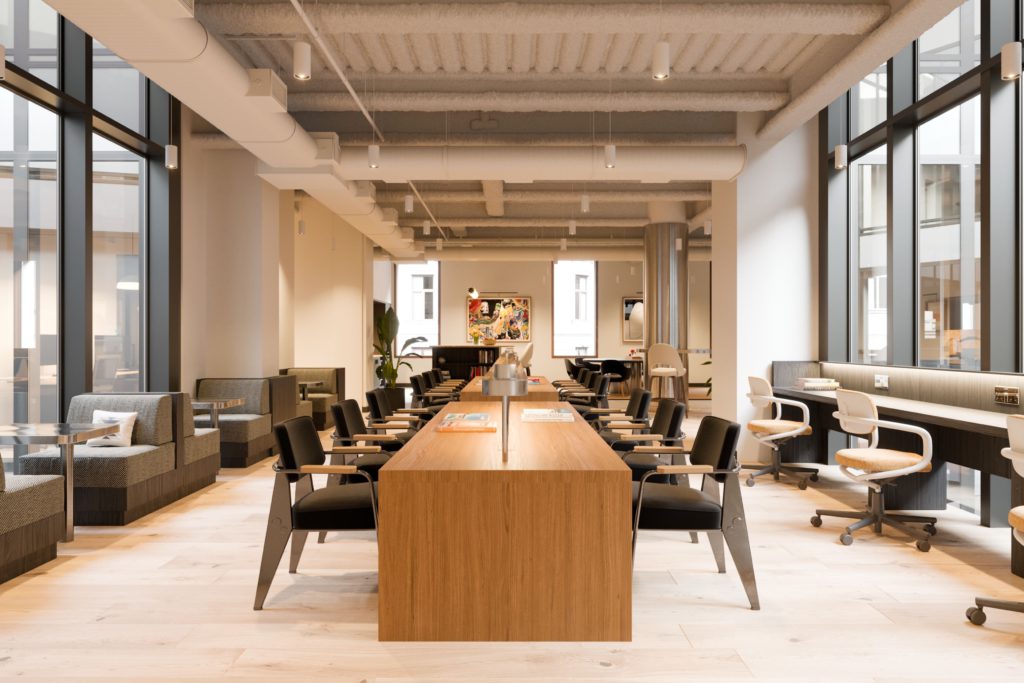The mid-term outlook is positive for the Australian internal office market, but like so many sectors, COVID-19 is the circuit-breaker. Naturally, the turnaround raised questions around Australia’s near to medium-term office market prospects as well as office utilisation going forward. There is little need for larger spaces, with major companies still considering longer-term strategies for returning to the office. Most tenant demand is for office space under 500 square feet on shorter terms.
Unsurprisingly, the sub 1000sqm market is enjoying available office space under sub-lease. These options are well-appointed and furnished, provide short-term flexibility, and, just as with landlord deals, provide incentives of 30%-50%. If organizations do not need so much space, as people are working more remotely, they can opt to cut the lease but instead spend the same on a smaller, characterful building in an amenities-rich downtown location a far more appealing place to employees than a bland office park.
The increasing acceptance of working from home could alter the way offices are used but are not likely to affect the need for centralised staff spaces. Post-COVID, it is expected that the office leasing will continue to be a critical component of any future work ecosystem, although utilisation of this space could shift from being the obligatory daily place to being more a mixture of WFH and being at the office. Office space will continue to be crucial for the operations of businesses, with both occupiers and owners viewing offices as places that foster collaboration and culture, while also contributing to the favourable work-life balance and sense of belonging for employees. The growing trend does not imply a permanent move away from office spaces, but rather an increasing acceptance of flexible working solutions.
With offices closed for longer periods, telecommuting is likely to become more acceptable, perhaps even becoming part of the new normal. While greater flexibility in the workplace will also be dependent on other business considerations such as productivity, collaboration. HR issues such as mentoring and training of new and existing employees, and junior staff show there are signs a significant proportion of the office workforce will be working one extra day from home in future. A significant proportion of Australian businesses were already offering flexible arrangements, such as a day off for one WFH, before the pandemic. Employees will require structure in their fixed schedules to best manage their other responsibilities away from the office. Office layout, communal areas, access, hours, and commutes need to be carefully planned.
Having an effective, structured plan for moving back into various physical spaces, such as offices, retail spaces, and hotels, can be a differentiator when companies are rebuilding and moving back once the restrictions related to the pandemic are lifted. We may look back at workplaces before the pandemic and find it odd that offices were mostly “one-size-fits-all”–that a law firm’s headquarters, a newspapers headquarters, and a tech company might look and function almost identically. Before the pandemic, most Australian offices, which were activity-based, had about eight desks per 10 people (because people were frequently working somewhere else in the office). After the pandemic, firms are looking at cutting that down to just five desks per 10 people, anticipating many of their employees will be working outside of the office, working a couple of days per week from home.

COVID-19 has precipitated several longer-term structural trends the office sector is already experiencing, including employees working remotely. COVID-19 has not only stopped a trend toward office density, but it is also likely to reverse that trend, with occupiers seeing a need for their office spaces to enable greater collaboration among teams, and a greater focus on employee health and wellness, including social distancing. COVID-19 has led to many tenants maintaining their current spaces through short-term renewals, instead choosing to sublet the extra space or manage the space back-office. The reductions may be due to several factors, such as tenants taking both sublease and direct-lease space, occupiers pulling out space when offices are opened again, and tenants agreeing to return their leases to their landlords.
While slow going initially, physical office occupancies have been rising steadily since office workers returned to Sydney CBD after the first lockdown, according to Property Council Australia, reaching 77% in October 2020, only 6.5% lower than the previous reading before COVID, in January 2020, at 83.5%. In October 2020, when parts of Australia were coming out of the months-long, stringent lockdown, just 7% of employees in Melbourne, the most affected city in the country, were returning to their offices, according to the Property Council of Australia.
Public administration would be one of the first back in the fold once lockdowns are eased, and the likely demand for space may largely revert to pre-COVID levels, especially given government pressure to have government employees drive back. It’s possible a significant portion of the economy could recover over the coming months and office space demand would sustain itself, but all will be dependent on how the SME is repaired. There is little doubt that rents will be pressured, and incentives to tenants will rise in all types of office spaces, with higher levels in sub-prime than prime office buildings. The occupant data on commericial property valuation in Melbourne showed that one-third of the Melbourne CBD are leased or owned by tenants such as the State Government, Telstra, NAB, ANZ and law firms blue chip tenants of prime office space.



